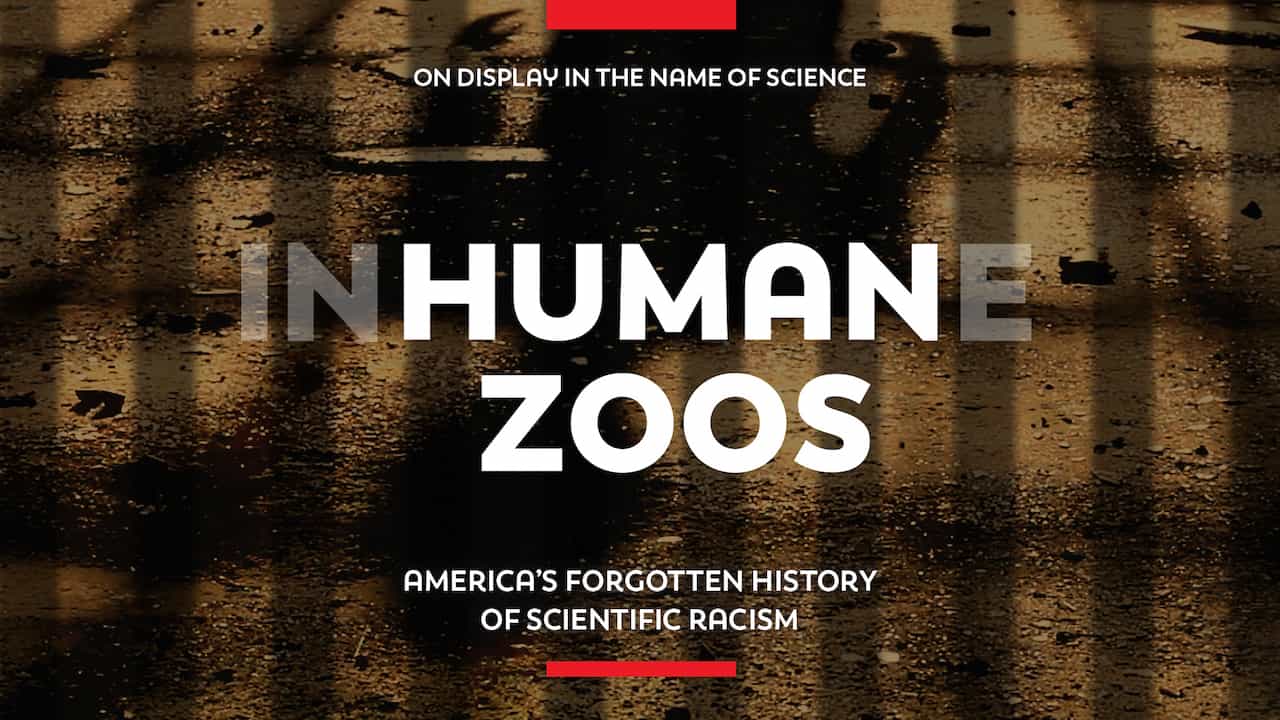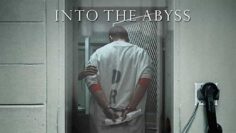Human Zoos: America’s Forgotten History of Scientific Racism
Human Zoos uncovers a shocking chapter in American history that has been largely overlooked. It reveals how thousands of indigenous peoples were put on public display in the United States during the early 20th century, often under the guise of scientific research and with the support of the academic elite.
The film traces the origins of these human exhibits back to the late 19th century, when promoters like P.T. Barnum began displaying individuals they claimed were “missing links” between humans and apes. These exploitative shows gained a veneer of scientific legitimacy as Darwinian ideas about human evolution took hold in academia. By the early 1900s, anthropologists and other scientists were actively involved in organizing human displays at world’s fairs and other venues.
One of the most disturbing cases highlighted is that of Ota Benga, a Congolese Pygmy who was exhibited in the Bronx Zoo’s Monkey House in 1906. Benga’s story serves as a poignant example of how racist ideologies were used to justify the dehumanization of non-white peoples. It also examines the broader context of scientific racism in America, including the eugenics movement and its influence on immigration policies.
Through interviews with historians and cultural critics, the documentary demonstrates how these human zoos reflected and reinforced prevailing attitudes about race and human hierarchy. It shows how Social Darwinist ideas were used to argue for the biological inferiority of certain races and to justify discriminatory practices. It also highlights the resistance to these displays from African American leaders and others who recognized their inherent cruelty and racism.
The film extends its analysis into the present day, suggesting that while overt displays of human beings are no longer acceptable, some of the underlying attitudes that made them possible persist in modern society. It challenges viewers to consider how scientific theories can be misused to support prejudiced ideologies and to reflect on the ongoing impact of this history.










